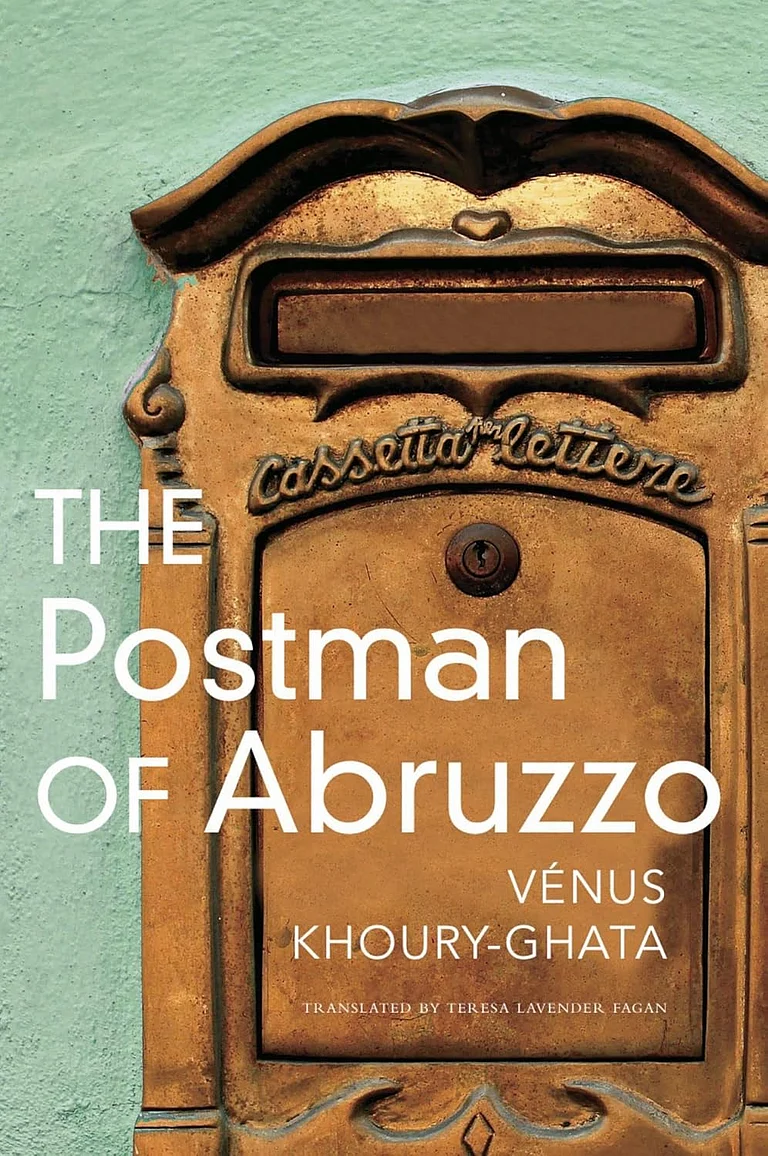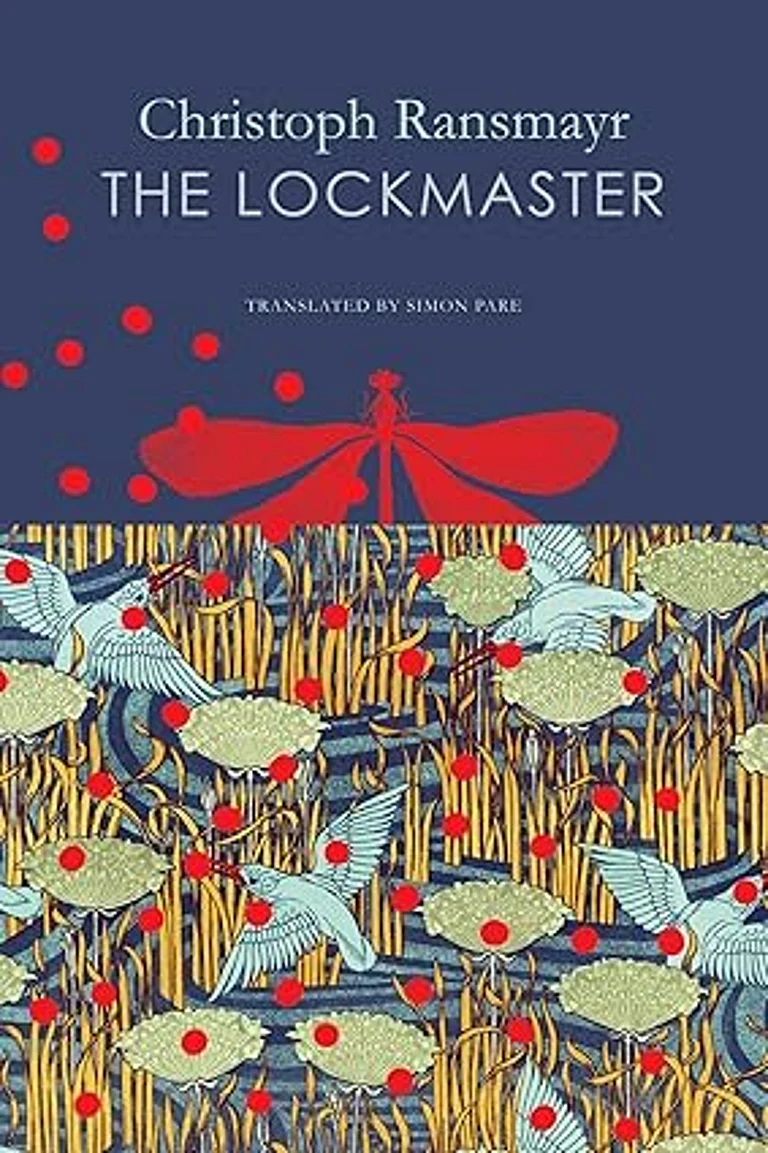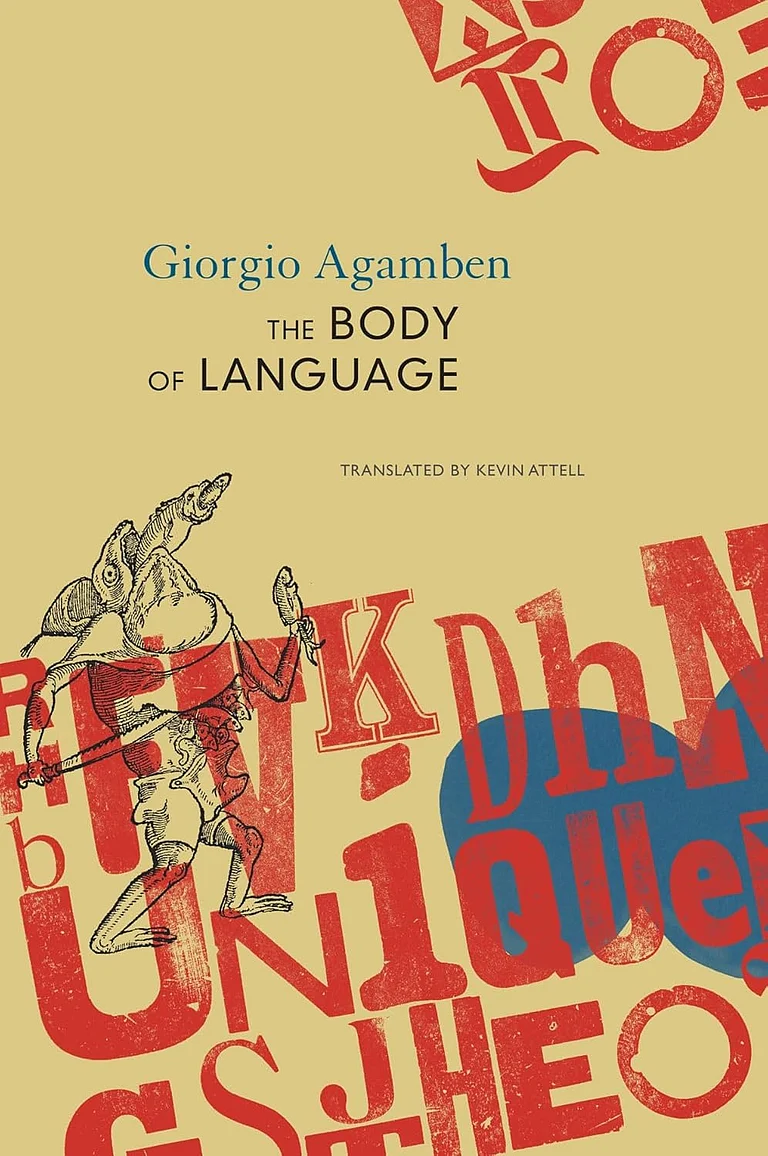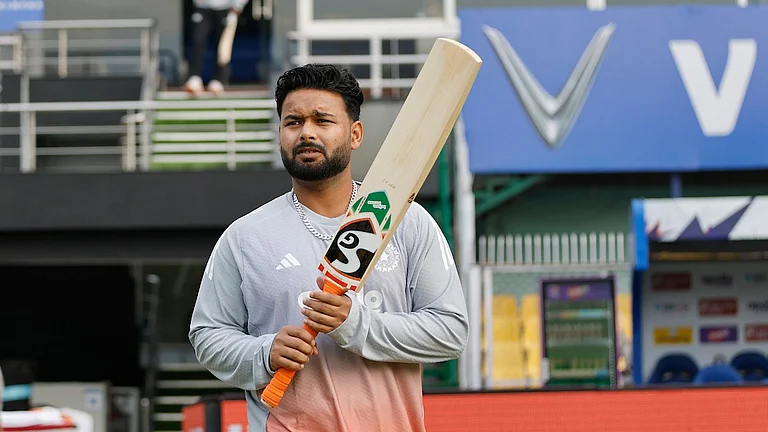Politicians should send their children to government schools—only then will their condition improve. This seemed to be the overwhelming sentiment among a group of men travelling from New Delhi to Nagpur, a distance of about 1,000 km, by train a few months back. There was also unanimous agreement in the group that government schools in the country were not up to the mark and young people bore the brunt of the education system’s flaws.
“I was educated in government schools,” says Vikas Teesgaonkar, a Nagpur-based businessman who was an active participant in this discussion. “At that time, schools used to focus on teaching. Teachers had job security and were dedicated. Schools now lack this.” Many among Teesgaonkar’s and his co-passengers said they had sent their children to private schools because they could afford it, reflecting the widespread disenchantment with and disdain for government schools among people.
This is not only among affluent or middle-class people but also among poorer people, many of whom feel that an English-medium education would help their children’s career prospects. The 2011 Census showed that English was the second language of 8.3 crore people and the third language of another 4.6 crore people, making it the second-most spoken language in India after Hindi. It continued to be aspirational.
The demand for an English-medium education has led, over the past few decades, to growth in “budget schools” that charge low fees but offer quality education in English medium. These are popular among those who cannot afford to send their children to legacy schools. Studies, however, show that these schools may not deliver what they promise.
“Many parents think that they are sending their children to English-medium schools while in practice most of these schools are not English-medium,” claims a 2018 study by Azim Premji Foundation called “School Choice in Low Information Environments: A Study of Perceptions and Realities in Four States”. “Similarly, parents who believe teacher characteristics to be an important factor often end up sending their children to schools with less qualified teachers.”
Ashok Agarwal, a Supreme Court lawyer and activist, says these private schools are the root of most problems in the education sector. “These schools cheat the parents of their hopes,” he adds. “They offer only water, electricity and clean classrooms to students. The teachers are not well-trained and sometimes do not even have a graduate degree.”
To teach in a government school, one needs to have a Bachelor of Education degree. But most of the private schools do not pay teachers high salaries and their qualification remains a concern.
The pandemic effect
The Covid-19 pandemic has had a serious adverse effect on school education around the world and India is no different. As schools were shutdown to prevent the spread of the disease, and millions who lacked access to online education, dropped out.
A 2021 report by the UNICEF, “Back to School and Learning”, claims that 286 million students—of which 48 per cent were girls—were affected and their pre-primary and upper secondary education suffered. An additional 6 million were out of the school system.
Indian school students have also been seriously affected. In West Bengal, the number of students in Class II who can read words or more declined by 12 percentage points from 69.1 per cent in 2018 to 56.8 per cent in 2021, according to a recent survey by the Annual Status of Education Report. Karnataka and Chhattisgarh also reported a similar decline.
This was a reversal of trends. Between 2014 and 2018, the report claimed, students in primary grades had either shown an improvement or had been steady. But the pandemic-induced shutdowns seem to have affected their education adversely.
The UNICEF report seems to corroborate this, claiming that 80 per cent of the students learned significantly less in schools and 60 per cent had no access to online learning. The figures are similar for India. “In Maharashtra alone, 77 per cent of families lack access to online learning tools,” says Shyam Sonar, a national executive member of the All India Forum for Right to Education.
The shutdowns also affected the mid-day meal schemes, which were introduced to retain children from poorer families in schools. “Even though schools have reopened and mid-day meals have resumed, students are not coming back to schools,” says Agarwal. “As various reports suggest, if this goes on, poverty will increase. There will be a spurt in child labour and crime.”
Towards privatisation
Arun C Mehta, former professor and head of the education management and information systems department at the National Institute of Educational Planning and Administration, New Delhi, has found that the number of government schools in the national capital seems to be on the decline, while the number of private schools is rising. He has tracked this data from U-DISE, a government database of school education.
“The number of government schools came down from 76.4 per cent of total schools in 2011–12 to 67 per cent in 2018–19 and further to 65.1 per cent in 2019–20,” he says. “Does this suggest India is moving towards privatisation in school education?”
Mehta also pointed out a new phenomenon called a merger of schools. Recently, the Haryana government decided to rationalise and merge middle and high schools with less than 25 students if they are within 3 km of each other. Andhra Pradesh, Assam, and Karnataka are also following this model, though there is opposition from parents, students and teachers.
Academics and activists also point out that this might be a violation of children’s Right to Education. Mehta says, “I hope the National Commission for Protection of Child Rights is closely monitoring the process of merging and closing down of schools to ensure it does not violate the Constitutional Right to Education.”
A close look at India’s budgetary allocation for education also leaves a lot to be desired. India on average spends only about 3.5 per cent of its budget on education, while the US and the UK spend up to 6 per cent of their budgets. In the fiscal year 2022–23, the government has allocated Rs 63,449.37 crore for schools and Rs 40,828.35 crore for higher education. This is slightly higher than last year. However, the budget for teacher training has gone down from Rs 250 crore in 2021–22 to Rs 127 crore in 2022–23.
Missing students
The Right to Education (RTE) Act, 2009, reserves 25 per cent of seats in private schools for students from the Economically Weaker Section (EWS) and children with disabilities. According to the Rights of Persons with Disabilities Act, 2016, 3 per cent of the 25
percent reserved seats are to be set aside for students with disabilities.
But compliance with such progressive laws has been poor across the country. Several cases have been filed in lower courts and various high courts against schools over the denial of admission to EWS or disabled students. Last month, the Andhra Pradesh High Court censured the chief secretary and principal secretary of school education and the commissioner of the state for not being able to ensure compliance with the RTE Act. “Students should be in school or you will be in jail,” the court said.
According to U-DISE, the total enrolment of children with disabilities (CWDs) in Classes I to XII declined from 22.49 lakh in 2019–20 to 21.69 lakh in 2020–21. Schools denying admission to students with disabilities citing lack of infrastructure is a very common phenomenon.
Amit Yadav, a disability rights activist, says, “There is a complete lack of awareness among parents and apathy of private schools towards CWDs is very evident. They cite numerous reasons—from non-availability of infrastructure to what not—to deny admission to CWDs.”
In Delhi, where many activists are actively voicing rights for persons with disability, there are around 5,000 vacant seats for CWDs in private schools, according to the Directorate of Education.
Staff crunch has become another tool of non-compliance with the RTE.
According to the RTE Act, the student- teacher ratio has to be at least 30:1 for the primary level and 35:1 for upper primary. There are 26.88 percent of government schools and 32.9 percent of government-aided schools with an insufficient student-teacher ratio.
According to the latest data for 2020-21, 17.5 per cent of seats are still vacant at all levels in government schools. Out of 63,07,349 sanctioned seats, 51,97,863 are filled and 11,09,486 seats are vacant. Many government schools are running without a headmaster or principal. At the secondary level, 28,645 positions are still vacant for headmasters and 12,193 positions are vacant for principals.
Agrawal, who has been visiting several public schools, says, “Several schools don’t have proper infrastructure. Reaching them is a task. You still have to cross rivers to get to them.”
He gives an example of public schools in Maharashtra’s Gadchiroli district. “In schools I visited teachers don’t come, classes take place for two-three hours,” says Agarwal. “Most schools are run by proxy teachers, while those appointed just collect salaries.”
Agrawal says government schools are the same everywhere. “In Punjab, you may find enthusiastic teachers, in Delhi the infrastructure might be good. But school education is suffering everywhere.”
(This appeared in the print edition as "Pandemic, Privatisation Ail School Education")


























